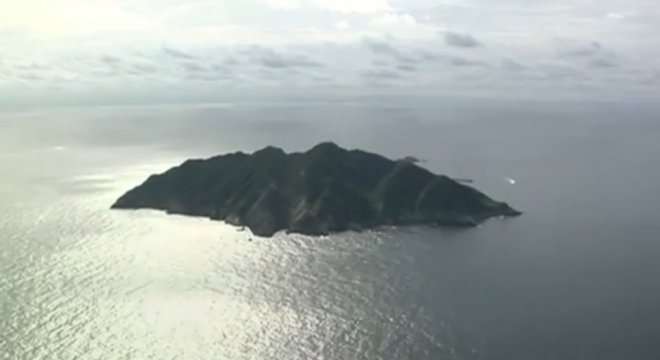
Women will be banned from entering Japan's men-only island, which has been recently declared a UNESCO World Heritage site, from next year, an official said on Saturday. According to rules, it is must for the male visitors to bathe naked in the sea before visiting its shrine located on the tiny landmass of Okinoshima.
At present, limited numbers of men are permitted to land on the island in the Sea of Japan (East Sea) for a yearly festival that lasts just two hours. This year only 200 people were allowed. However, they must adhere to strict rules to be there.
When asked about the ban on female visitors, an official told AFP over phone that it "has nothing to do with discrimination against women".
The official said that it is considered dangerous for women to travel by sea to get to the island and the shrine will not change the centuries-old rule. "It is meant to protect women, the birth-giving gender," he added.
Meanwhile, a spokesman said that Munakata Taisha, the shrine which owns Okinoshima, has decided to ban travel for anyone apart from priests from next year to protect the island from being damaged. "A strict preservation is required now that the island has got the UNESCO listing," he told AFP.
"It will be risky if 200 visitors continue to come to the island," he added. He also said that Okinoshima is "the island protected by Shinto priests".
The reports said that thr island is permanently manned by a Shinto priest, who prays to the island's goddess, in a tradition that has been kept up for centuries. However, the spokesman added that academics will be allowed to land on the island for research and preservation purposes.
The island is situated on the northwest coast of Kyushu, the southernmost of Japan's four main islands. Since ancient times, it was an important window for foreign trade in Japan as it formed a part of a trade route that linked the archipelago to the Korean peninsula and China.









